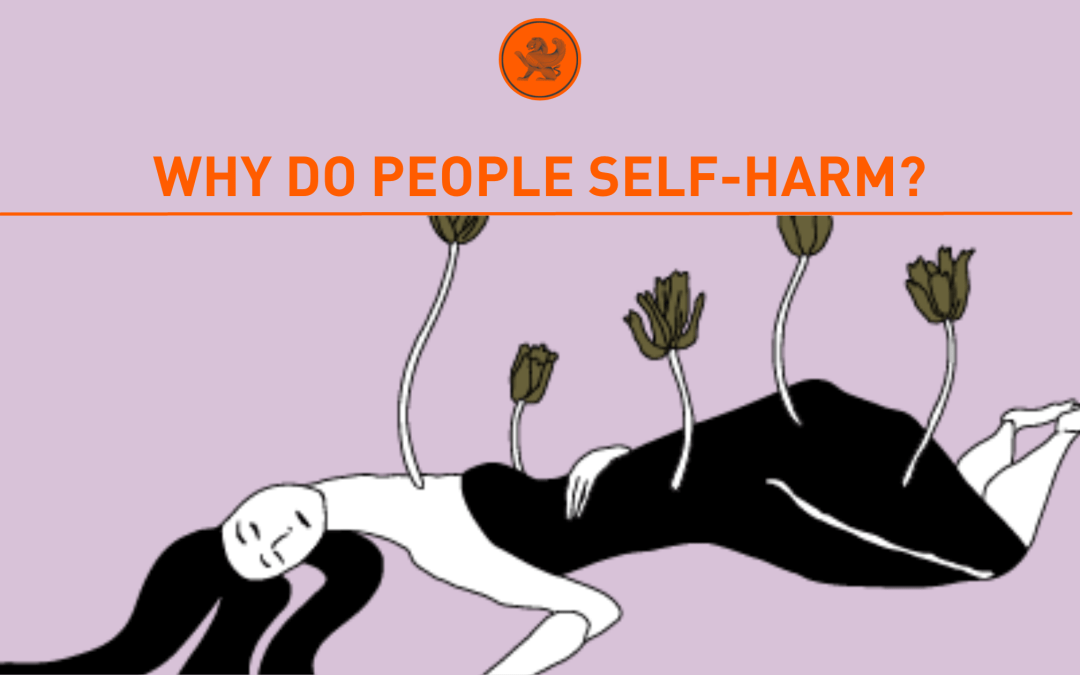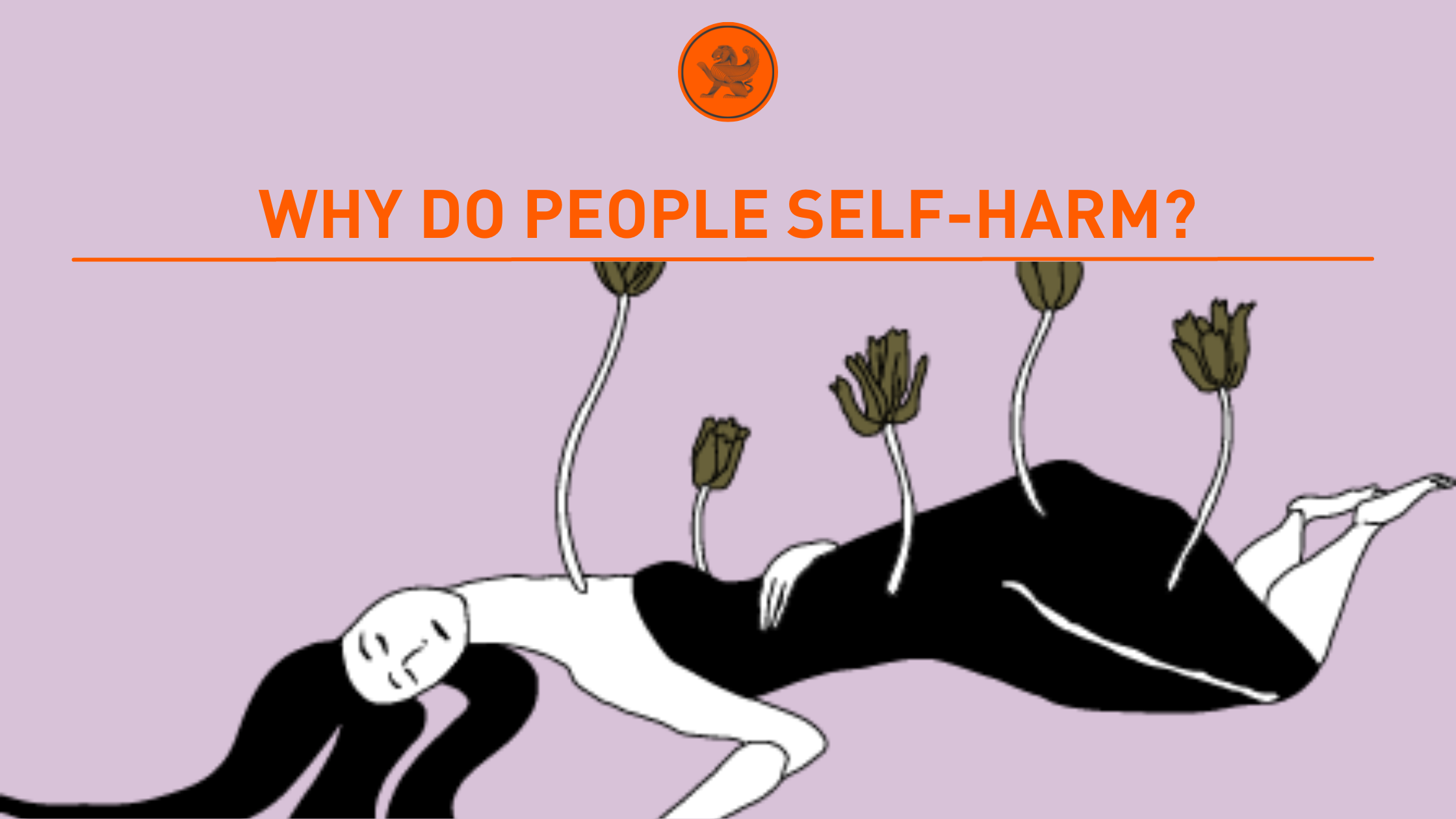CREDITS
By Dr Melane van Zyl
Self-harm is a common problem. There are many ways in which people can hurt themselves, including self-destructive behaviours such as lying, stealing, or watching pornography.
Healthcare providers are often faced with teenagers or adults who self-harmed, and what the patient has done is often seen as a suicide attempt or attention-seeking behaviour.
From a DBT perspective, people are doing the best they can. This means that they will continue doing what they do if it gives relief or some reward.
The issue at hand, of course, is that self-harm and self-destructive behaviours do lead to negative consequences, and it just brings short-term relief.
There are many reasons why people self-harm. They might not be aware of these reasons when they do these deeds- which is also a problem, because we want to be on controle of our actions.
Reasons people self-harm include:
Create some kind of pleasurable emotion (like peace, calm, or even joy or euphoria)
Helps to manage intense emotions
Communicates to others that you need help
Provides relief from your current situation or emotion
Proves that you are not invisible
Makes you feel in control
Distracts from emotional pain
Lets you feel something other than numb
Is a way of punishing yourself
Validates the emotional pain you’re feeling
Is an attempt to change the behaviours of others
Shows desperation to others (proof of how bad things are)
Helps avoid or escape painful feelings
Is a way of avoiding suicide
If the behaviour brings relief, it is likely to be repeated. Therefore, we as therapists should give the patient better things e.g., skills to do than to self-harm.
DBT (Dialectical Behaviour Therapy) is an effective therapy to convert negative behaviours into effective behaviours.
Read more about DBT
JOIN our a DBT Skills Group
Reference: The DBT Skills Workbook for Teen Self-harm, Sheri van Dijk


